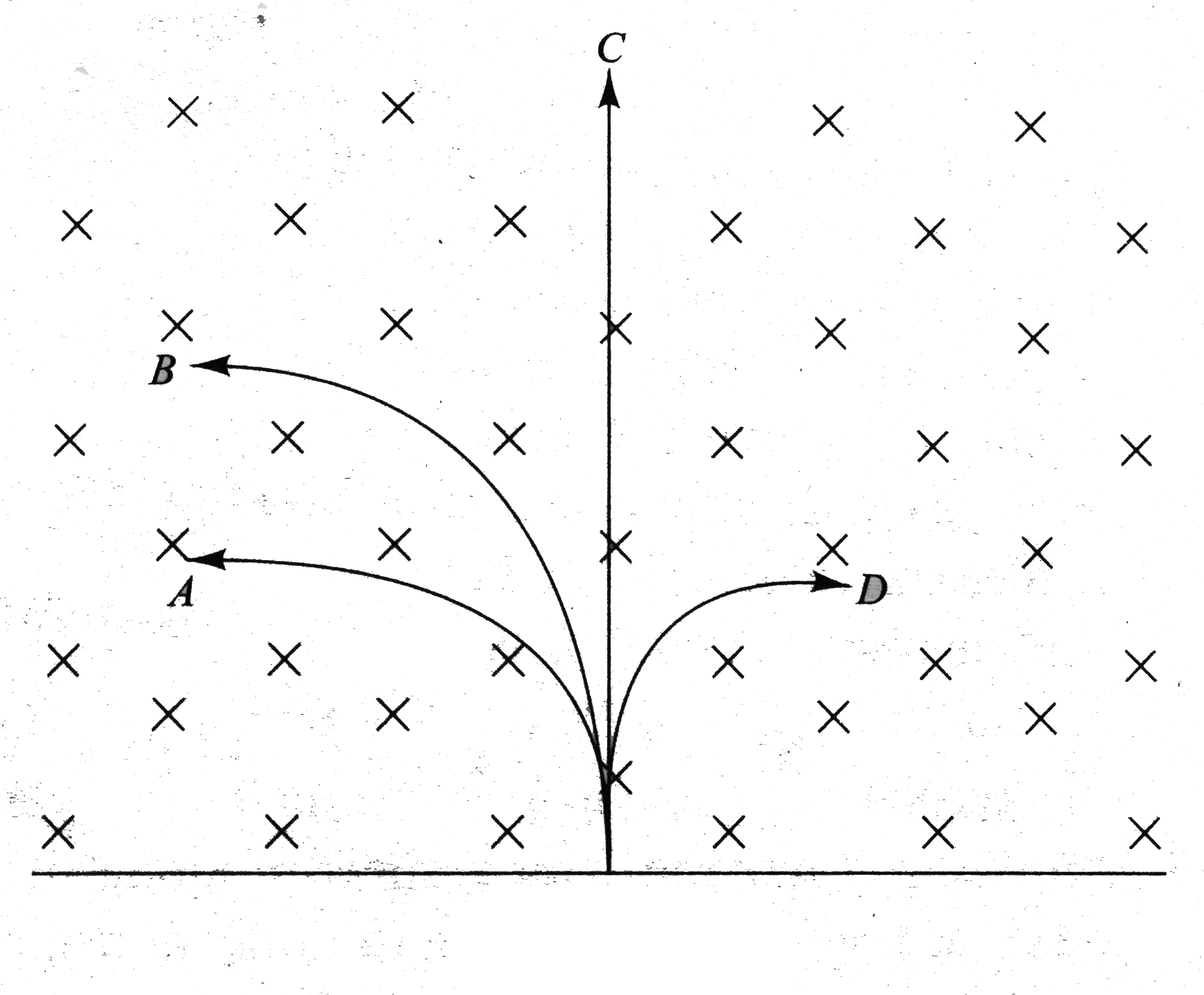A fre neutron decays into a proton an electron and
neutron is a composite particle made of a proton and an electron whereas proton is fundamental particle
neutron is an uncharged particle whereas proton is a charge particle
neutron has large mass than proton
weak forces can operate in a neutron but not in a proton
The correct Answer is:C
As a proton is lighter than a neutron, proton can not be converted into neutron without providing energy from outside. Reverse is possible. The weak interaction force is responsible in both the process (i) conversion of p to n and (ii) conversion of n to p p
Topper's Solved these Questions
- NUCLEAR PHYSICSBook:RESONANCE ENGLISHChapter:NUCLEAR PHYSICSExercise:Exercise-2 Part -2 Single and double value interger type
Explore 15 Videos
- NUCLEAR PHYSICSBook:RESONANCE ENGLISHChapter:NUCLEAR PHYSICSExercise:Exercise-2 Part-3 One more than one options correct type
Explore 7 Videos
- NUCLEAR PHYSICSBook:RESONANCE ENGLISHChapter:NUCLEAR PHYSICSExercise:Exercise-1 Part-2 Only one option correct type
Explore 27 Videos
- GRAVITATIONBook:RESONANCE ENGLISHChapter:GRAVITATIONExercise:HIGH LEVEL PROBLEMS
Explore 16 Videos
- REVISION DPPBook:RESONANCE ENGLISHChapter:REVISION DPPExercise:All Questions
Explore 463 Videos
Similar Questions
Knowledge Check
Assertion:A free neutron is unstable
Reason : Free neutron disintegrates into proton, electron and an antineutrino i.e. n→p+e−+¯υAIf both assertion and reason are true and reason is the correct explanation of assertion .BIf both assertion and reason are true but reason is not the correct explanation of assertion .CIf assertion is true but reason is false .DIf both assertion and reason are false
A neutron initially at rest, decays into a proton, an electron and an antineutrino. The ejected electron has a momentum of 1.4×10−26 kg-m/s and that of antineutrino 6.4×10−27 kg-m/s. Find the recoil speed of the proton a. if the electron and the antineutrino are ejected along the same direction and b. if they are ejected along perpendicular directions. Mass of the proton 1.67×10−27kg.
View SolutionAssume that a neutron breaks into a proton and an electron . The energy reased during this process is (mass of neutron =1.6725×10−27kg mass of proton =1.6725×10−27kg mass of electron =9×10−31kg)
View SolutionA free neutron beta-decays to a proton weth a half-life of 14 minutes .(a)What is the decay constant ?(b)Find the energy liberated in the process.
View SolutionA free neutron decays spontaneously into
View SolutionBefore the neutrino hypothesis the beta decay process was throught to be the transition.
n→p+¯e
If this was true show that if the neutron was at rest the proton and electron would emerge with fixed energies and calculate them. Experimentally the electron energy was found to have a large range.
View SolutionA neutron, a proton, an electron and an α−particle enter a region of uniform magnetic field with equal velocities. The magnetic field is perpendicular to the paper and directed into it. The tracks of particles are labeled in Fig. 1.132. The neutron follows the track

View SolutionWhich of the following assertions are correct?
(i) A neutron can decay to a proton only inside a nucleus
(ii) A proton can change to a neutron only inside a nucleus
(iii) An isolated neutron can change into a proton
(iv) An isolated proton can change into a neutron
View Solution